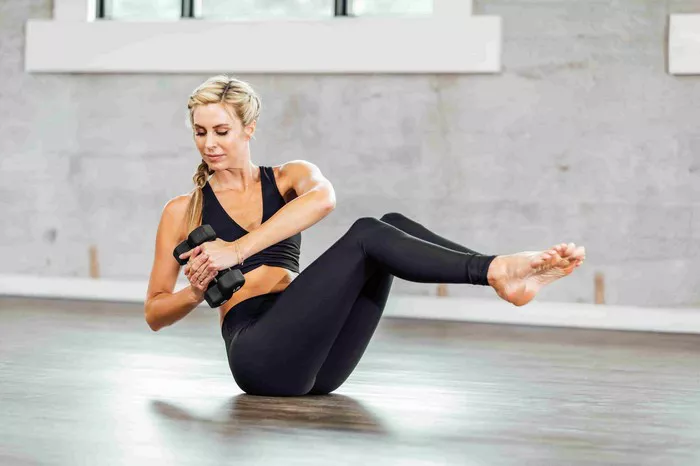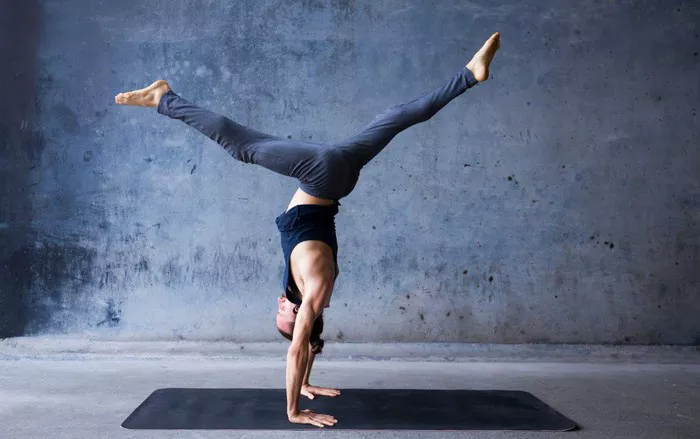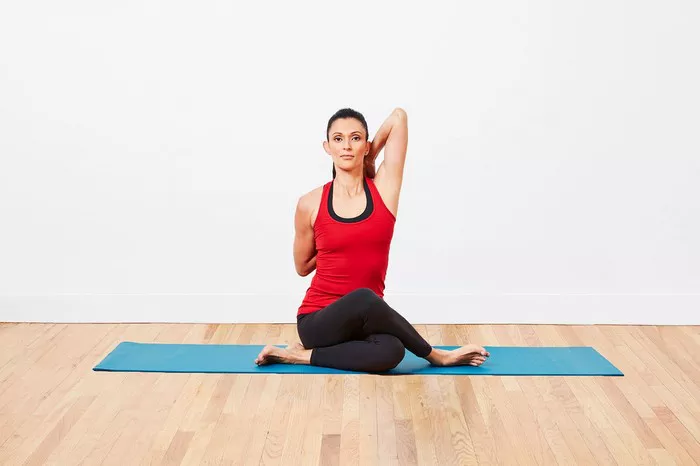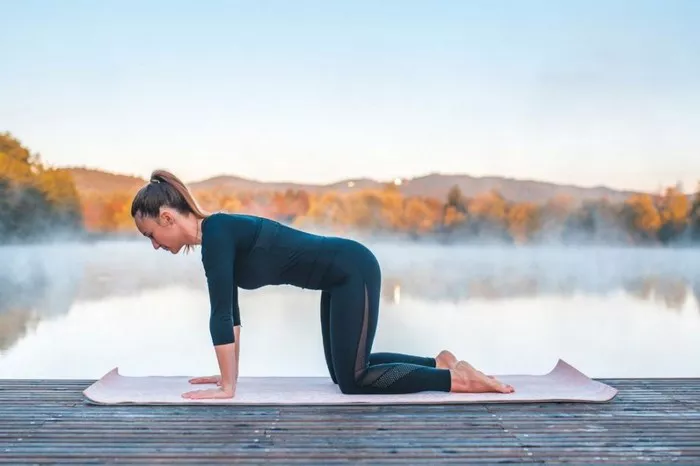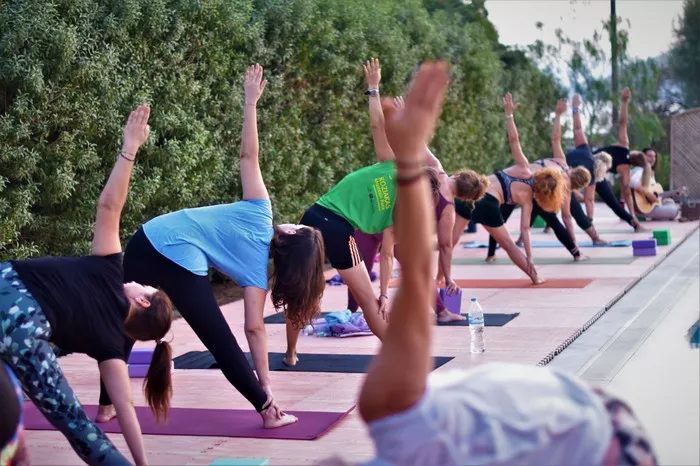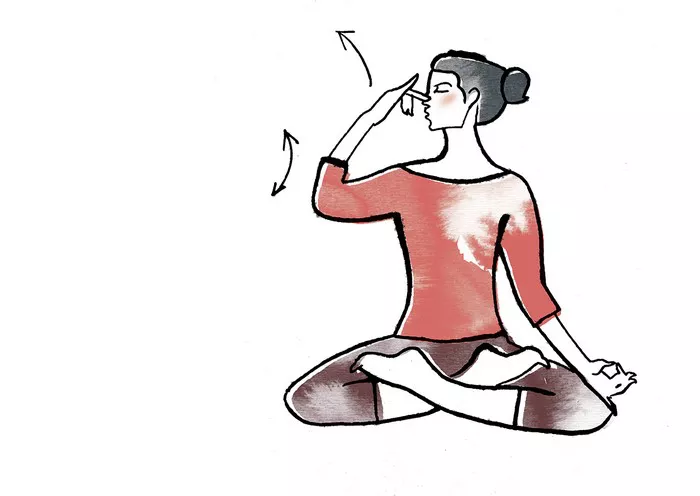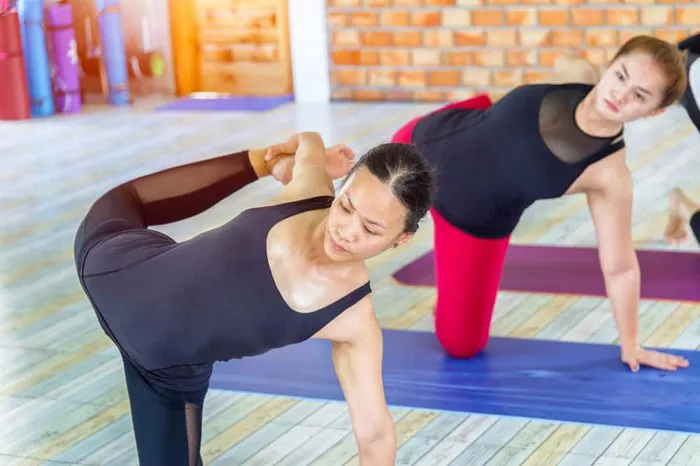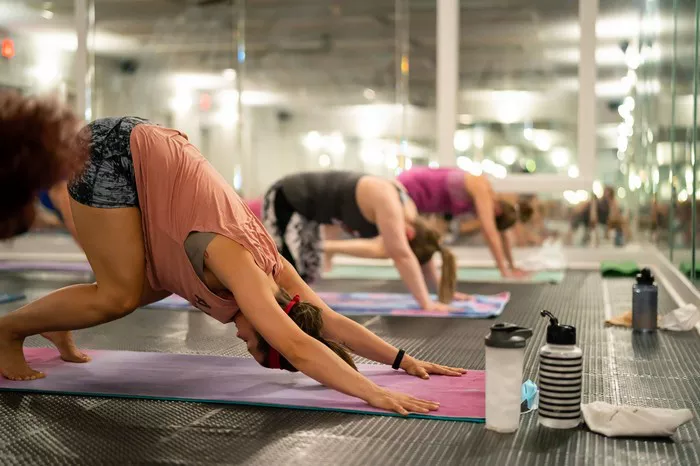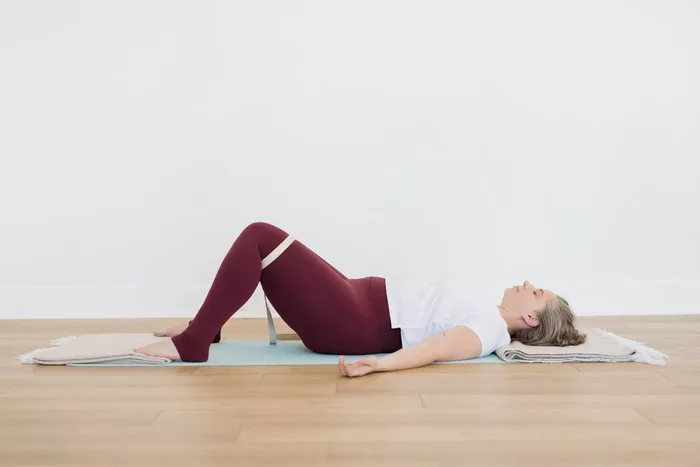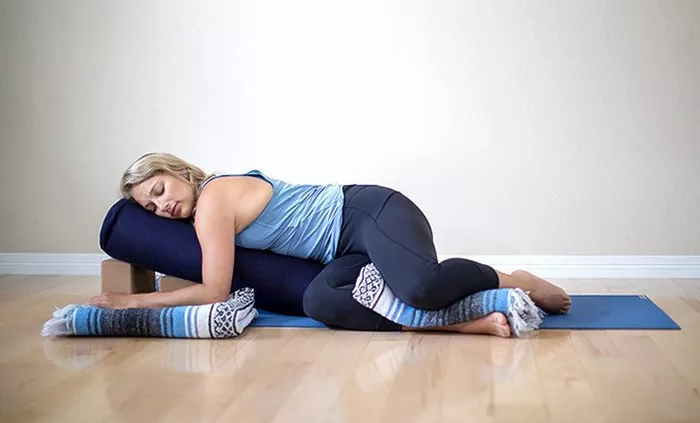The frog pose, also known as Bhekasana in Sanskrit, is a deep hip-opening posture commonly practiced in yoga. It targets the inner thighs, groin, and hips, helping to release tension and increase flexibility. As a static stretch, the frog pose can yield both physical and mental benefits, but it’s important to approach it with mindfulness and patience. While it may seem simple, the intensity of the stretch can vary significantly based on an individual’s anatomy and flexibility. Therefore, the duration for holding this pose should be carefully considered to avoid strain or injury.
Benefits of the Frog Pose
Practicing frog pose regularly can offer a multitude of benefits. Physically, it enhances the range of motion in the hips and stretches the inner thighs, groin, and lower back. It is particularly useful for athletes and individuals who sit for extended periods, as it counteracts tightness and promotes mobility. Mentally, the pose encourages relaxation, grounding, and a sense of release, which can be especially beneficial when incorporated into restorative or yin yoga practices. Because frog pose can be intense, especially for beginners, the duration of the hold should reflect the practitioner’s comfort and experience level.
Factors Influencing Hold Duration
Several key factors should be considered when determining how long to stay in a frog pose. These include:
- Experience level – Beginners should start with shorter durations to avoid overstraining their muscles and joints.
- Flexibility – More flexible individuals may find the pose easier and can stay in it longer without discomfort.
- Type of yoga practice – Yin yoga encourages longer holds (typically 3-5 minutes), while a dynamic practice may include shorter holds.
- Physical condition – Any existing hip, knee, or groin injuries should be taken into account.
- Purpose of the pose – Whether you’re using it for deep stretch, relaxation, or preparation for another activity influences the appropriate duration.
These variables demonstrate why there’s no universal time limit that fits everyone. Instead, tuning into your own body is essential.
Recommended Hold Times by Experience Level
1. Beginners
For those new to frog pose, a hold time of 30 seconds to 1 minute is usually sufficient. Beginners should focus on alignment and breathing, using props such as yoga blocks or blankets to support the hips and knees. These aids can reduce discomfort and allow the body to gradually adapt to the stretch. Repeating the pose for short durations several times a week can help build tolerance and flexibility safely.
2. Intermediate Practitioners
Intermediate yogis may hold the frog pose for 1 to 3 minutes, depending on their comfort level. At this stage, the body is more accustomed to the stretch, allowing for a deeper release of tension. It is still advisable to use padding under the knees and hips, especially on hard surfaces. Paying attention to subtle sensations can help prevent overstretching or joint stress.
3. Advanced Practitioners
Advanced practitioners might hold the pose for 3 to 5 minutes, particularly in restorative or yin yoga settings. Longer durations allow for profound muscular and fascial release. However, even experienced yogis should remain attentive to body feedback and avoid pushing through pain. Proper warm-up, controlled breathing, and gradual entry into the pose are critical for sustaining longer holds safely.
Tips for Safe and Effective Practice
To maximize the benefits of frog pose and avoid injury, consider the following tips:
- Warm up before attempting the pose, especially with movements that open the hips.
- Use props to support the body and maintain comfort.
- Breathe deeply and evenly, encouraging the body to relax.
- Avoid bouncing or dynamic movement, which can strain the joints.
- Listen to your body and come out of the pose if you feel sharp or persistent pain.
Creating a calming environment with soothing music or low lighting can also enhance the meditative quality of the pose, making it easier to hold for extended periods.
When to Avoid Long Holds
Certain situations warrant shorter hold times or complete avoidance of frog pose. These include:
- Hip or knee injuries – This pose can place considerable stress on these joints.
- Pregnancy – Due to hormonal changes and joint instability, frog pose may be uncomfortable or unsafe.
- Post-surgery recovery – Consult a healthcare provider before incorporating this pose into your routine.
In these cases, alternative poses like butterfly (Baddha Konasana) or reclined bound angle pose (Supta Baddha Konasana) may offer similar benefits with less strain.
Yin Yoga and Frog Pose
Yin yoga emphasizes long-held, passive stretches to target deep connective tissues. Within this context, frog pose is commonly held for 3 to 5 minutes or more. The goal is not to push the limits of flexibility but to allow the tissues to lengthen gradually. Props are often used to support the body and reduce effort, enabling a more restorative experience. It’s important to differentiate between discomfort (which is acceptable) and pain (which is not). Practicing with awareness ensures that the benefits of yin yoga are attained without risking injury.
Variations and Modifications
Adjusting the frog pose to suit your body can make it more accessible and comfortable. Common modifications include:
- Half frog pose – Focuses on one leg at a time, reducing intensity.
- Elevating the chest – Using blocks under the forearms or chest to relieve pressure on the hips.
- Wall-supported frog – Practicing the pose with the feet against a wall for added stability.
These variations can help practitioners of all levels explore the benefits of frog pose without overexerting themselves.
Listening to Your Body
Ultimately, the ideal duration for holding frog pose depends on individual needs and responses. While guidelines are helpful, they should not replace personal awareness. Signs that it’s time to release the pose include:
- Tingling or numbness in the limbs
- Sharp or shooting pain
- Inability to maintain steady breathing
- Joint discomfort or pressure
By staying attuned to these signals, you can practice frog pose safely and effectively, making it a sustainable part of your yoga or stretching routine.
Integrating Frog Pose into Your Routine
Incorporating frog pose into your regular practice can enhance flexibility and mental calm. It can be included:
- At the end of a workout, to release hip tension
- During a yin yoga session, for deep tissue work
- As a standalone stretch, in the evening or before bed
Consistency is more important than duration alone. Holding the pose regularly—even for short periods—can yield significant benefits over time. A gradual increase in hold time as your body adapts ensures a balanced and progressive approach.
Conclusion
Frog pose is a powerful stretch that offers deep physical and emotional benefits. The ideal duration for holding this pose depends on multiple factors including experience, flexibility, and purpose. Beginners should start with short holds and increase gradually, while more advanced practitioners can explore longer durations with caution. Safety, mindfulness, and consistency are key to making the most of this pose. Always listen to your body, use props when needed, and avoid forcing the stretch. With proper practice, frog pose can become a rewarding part of your wellness journey.
Related Topics:


